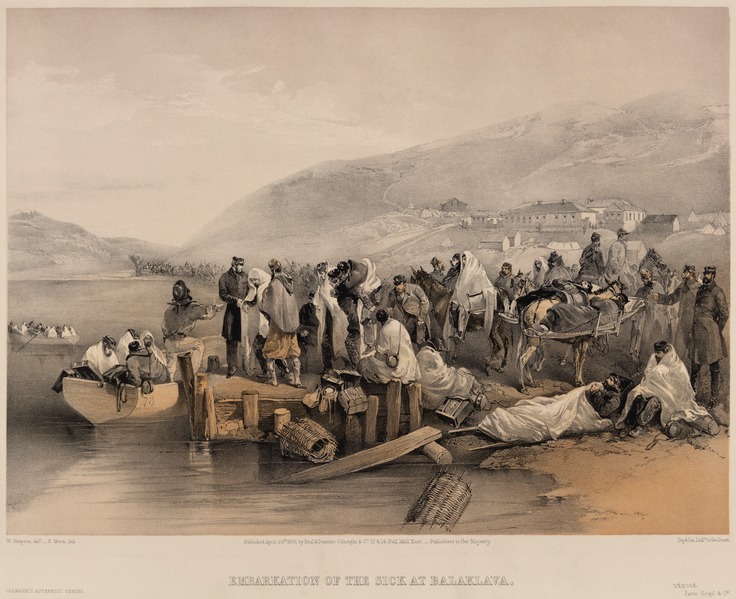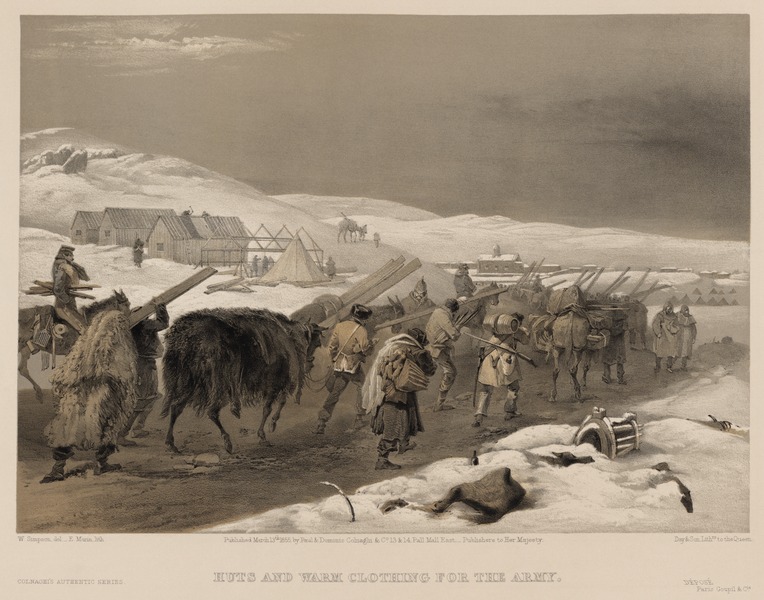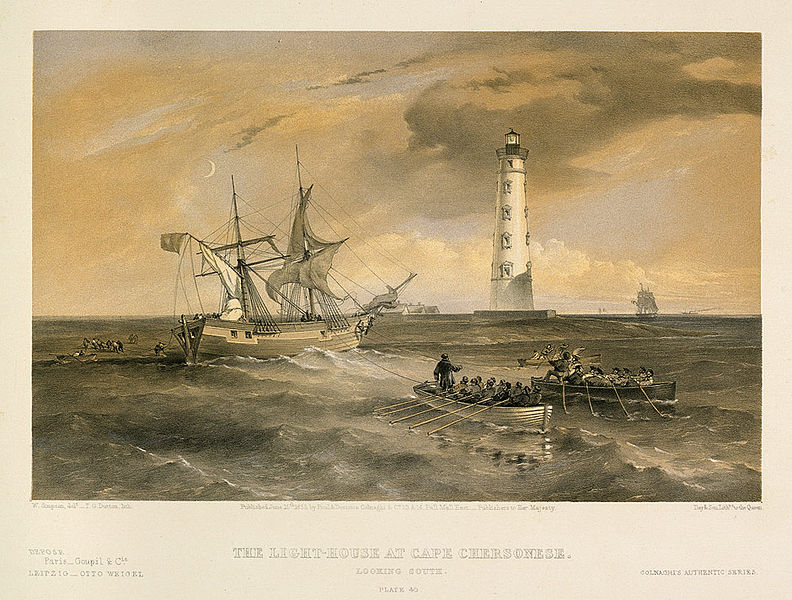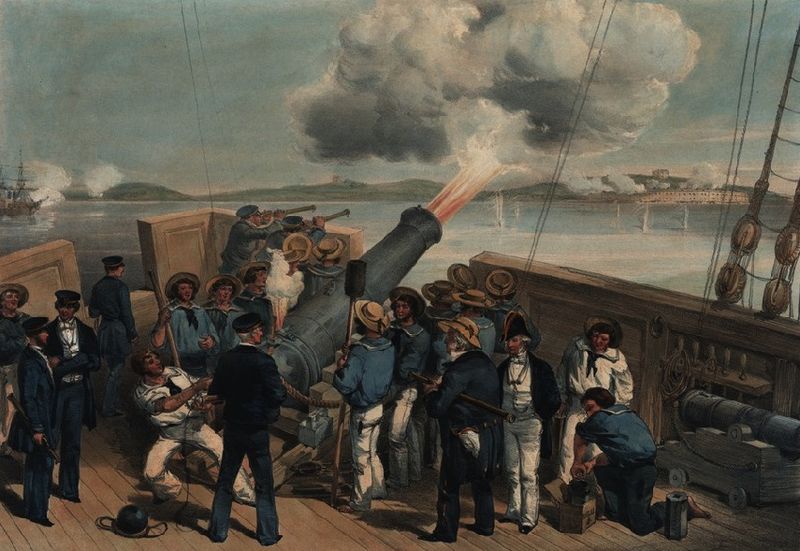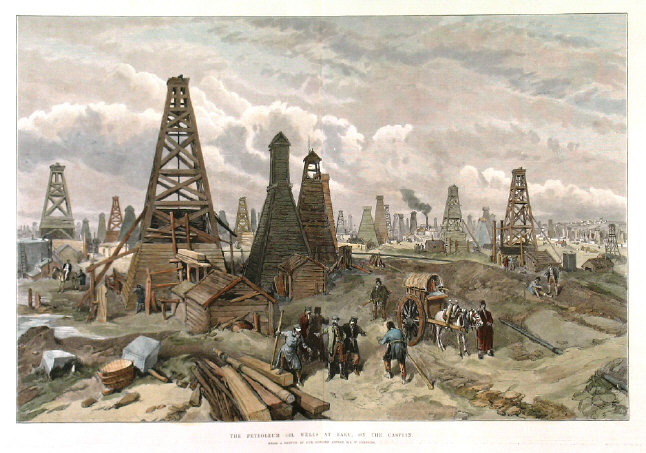<Back to Index>
- Painter, Lithographer and Photographer Carol Szathmari, 1812
- Artist William Simpson, 1823
PAGE SPONSOR
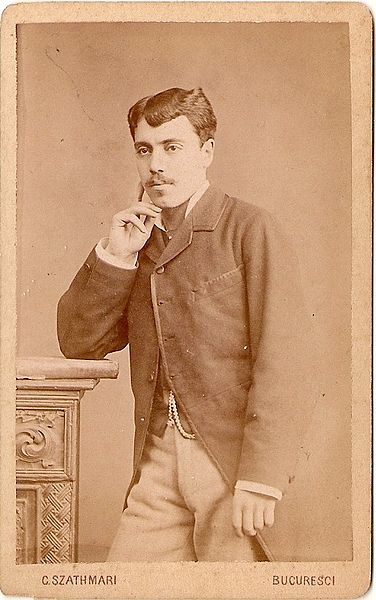
Carol Szathmari (Romanian: Carol Popp de Szathmáry ; 11 January 1812 Kolozsvár – 3 July 1887 Bucharest) was a Hungarian painter, lithographer, and photographer, who had worked most of the time in Wallachia, nowadays Romania and therefore he is considered to be the founder of the Romanian photography. He is also considered the world's first combat photographer for his pictures of the battlefield taken during the first year of the Russo-Turkish war, later known as the Crimean War.
Szathmari was born in the city of Kolozsvár, Transylvania (now Cluj-Napoca, Romania), in 1812. Initially, he studied law at the Reformed College in Cluj. By the age of eighteen he had moved to Bucharest. He studied painting from 1832 to 1834 in Rome, and on returning to Bucharest he was frequently commissioned to create paintings for the Wallachian boyars. He would later go on to achieve notoriety as the official artist of the Romanian royal court. He spent most of his life in Bucharest, where he died in 1887.
In 1848 Szathmari took his first photograph, using the talbotype process, of a cupid statue that had two broken arms. By 1850 he had mastered enough of the photographic process to open a commercial photographic studio in Bucharest.
Among his clients for portraits at his Bucharest studio were high level Russian and Turkish military officers. These connections allowed him access to the military camps of both sides at Wallachia, of the battle that would become known as the Crimean War. In 1853, using a wagon specially equipped with a dark room for processing glass plates with wet collodion, he went to the Danube river's banks and various other places, landscapes, fortifications and battlefields, where he photographed various troops, both Turkish and Russian, their equipment and their commanding officers.
Szathmari exhibited his photos, bound in an album, at the Exposition Universelle of 1855. For his work presented at the exhibition, he received the second class medal.
In July of the same year, he presented copies of his work to Queen Victoria during a private meeting at Osborne Castle, Isle of Wight, and she awarded him a gold medal in recognition of his work.
He also met privately in 1855 with Emperor Napoleon III, with an article in Lumičre, the French Photographic Society publication describing the meeting:
"M. de Szathmari, the skilled photographer from Bucharest, whose arrival we already announced, had the honor to be received by the Emperor on Wednesday evening. His Majesty wanted to see all the pictures bound in his magnificent album; he was quite interested by the Russian and Turkish generals’ portraits. As an eye witness of so many events connected with the Oriental War, and being on close terms with most of those who distinguished themselves in that great fight, Mr. de Szathmari was able to give interesting details to His Majesty. While accepting his homage, the Emperor congratulated the author of this interesting collection."
The same year, he presented two 95 page albums of his photographs to Franz Josef I.
In February 1860, he was commissioned to produce a lithograph of a map of Wallachia, based on the first detailed geographic survey of the area that had been done by Austrians during the Crimean war.
In 1863, Szathmari was given the title of Ruling Prince’s Court Painter and Photographer by the Romanian ruler Alexandru Ioan Cuza and of the first King of Romania, Carol I.
In 2012, the Cotroceni National Museum
in Bucharest staged a retrospective exhibition of 400 of his paintings
and photographs, in celebration of the 200th anniversary of his birth.
Three of Szathmari's photographs are included in the collection of the International Museum of Photography and Film at George Eastman House, in Rochester, New York: "The Russian lancer's encampment in Craiova", "The Bombardment of Silistra" and the portrait of Lt. General F. I. Soymonov, commander of the 104th Russian Division, killed at the Battle of Inkerman.
The Royal Collection in London, England holds an album of photographs that Szathmari personally presented to Queen Victoria around 1855.
The National Library of Romania holds many of Szathmari's photographs, including his commercial portraiture work, under a collection titled Carol Pop de Szathmari photographs.
Also, Szathmari's work can be found in the collection of Milan Jovanović Stojimirović who bequeathed his vast collection of paintings and artifacts to the Art Department of the Museum in Smederevo.
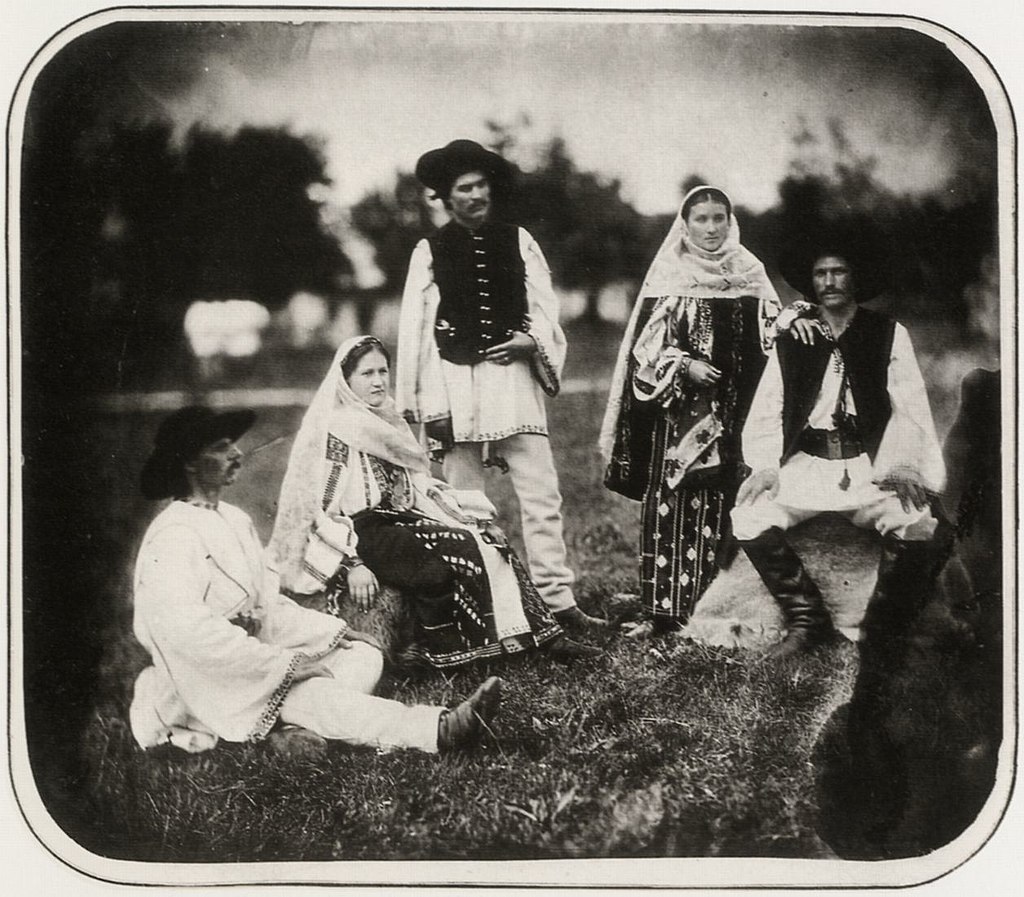
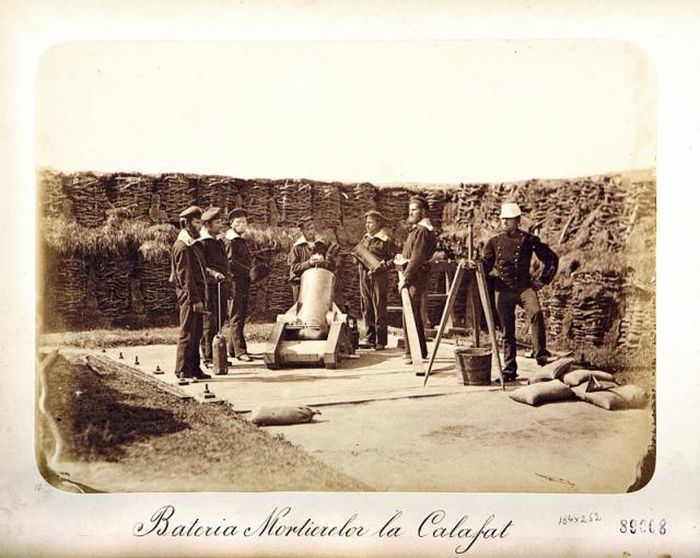
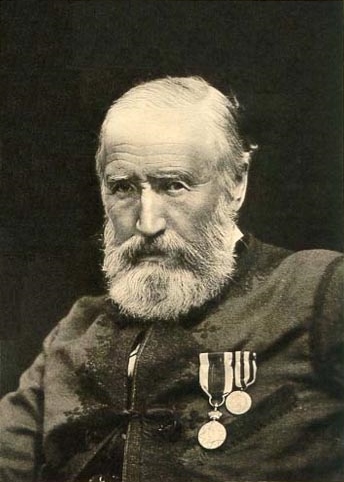
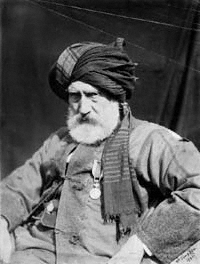
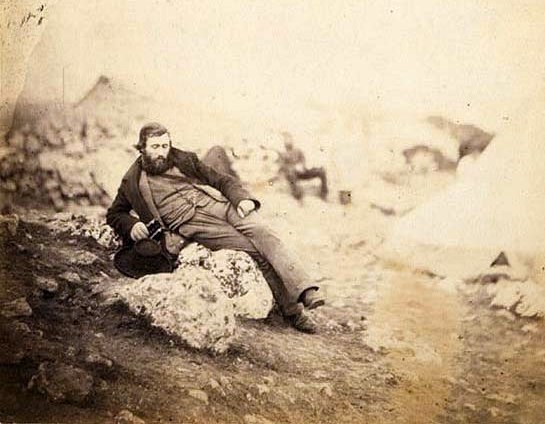
William Simpson (28 October 1823 – 17 August 1899) was a Scottish artist, war artist and war correspondent.
Born into poverty in Glasgow, Simpson went on to become one of the leading 'special artists' of his day, and sketched many scenes of war for the Illustrated London News. His early years were very difficult living in a house with an abusive and alcoholic father, and in 1834 he was sent to live with his grandmother in Perth. Simpson's only formal schooling took place during this period and within a few years, he was working as an apprentice in the Glasgow lithographic firm of Macfarlane. The artist stated later that "this was the turning point which changed all my boyish intentions." It was during the years in Glasgow that he attended the Andersonian University and the Mechanics Institute in the evenings. His next position was to create an image of the Alma based on various accounts so that it could be lithographed by another London publisher, Lloyd's. He also put sketches sent from the Baltic onto stone for the firm of Colnaghi. In anticipation of the fall of Sebastopol, Lloyd's had him prepare an image of the fall of the town so that it could be published immediately upon news of its actual capture. This presented a challenge to Simpson as he had little information about Sebastopol. He occasionally spoke with Mr. Day of Day and Son about the need to have sketches drawn at the front. Shortly thereafter, Colnaghi's contacted Simpson and invited him to go out to the Crimea and make sketches for the company.
Simpson arrived off the Crimean peninsular on 15 November and could hear distant firing. While he had missed the early battles, he was able to record the events before Sebastopol. He made numerous acquaintances who helped him with details for his pictures, but he was also struck by the plight of the common soldiers, "miserable looking beings... covered with mud, dirt and rags," he wrote. He hobnobbed with many officers including Lord Raglan and Captain Peel; he also met Roger Fenton who took his photograph. In May 1855, Simpson accompanied Raglan on the expedition to Kertch which was captured on the 24th, but was back in time to observe the first attack on Sebastopol in June. On the night of the 17th, he crawled out of a trench to view the attack. He wrote, "It was a wild orchestra of sound, never to be forgotten." He was still at the front when the city finally surrendered, and he quit the Crimea in the autumn of 1855.
Throughout his time at the front, he would send back his watercolors to London where the lithographers of Day & Son would transfer them to stone. Simpson was paid 20 pounds for each picture. For the color, a separate stone was used for each tone. Colnaghis exhibited some of the watercolors including a show at the Graphic Society in February 1855. The first advertisements for the lithographs appeared in May 1855 and in the following month, a second series was announced. In all, the Colnaghi's produced two large portfolios containing over eighty lightographs entitled The Seat of the War in the East. Two thousand copies of the complete set were produced. Simpson dedicated the series to Queen Victoria whose patronage he enjoyed for the rest of his life, and he was a frequent visitor to Windsor Castle and Balmoral. So popular were his pictures that he became affectionately known as 'Crimean Simpson'. There was a plan for the watercolors to be purchased for the nation but this came to nothing and they were sold off by the Colnaghi's.
In the late 1850s he was sent to India to sketch scenes relating to the recent Sepoy Revolt. The idea was to produce an illustrated publication similar to the Crimean portfolio, and Simpson had discussed the possibility with Mr. Day. The artist arrived at Calcutta on 29 October 1859, and traveled in Punjab, Sutlej, Bengal, Lucknow and Cawnpore, central India, the Himalayas, Kashmir and Madras. In February, 1862, he left Bombay and arrived in London only to find that Day and Son could not afford to produce a portfolio. Nevertheless, a large volume of colored lithographs was published under the title India Ancient and Modern. He was commissioned by Day & Son to visit these parts of India and record the places affected by the momentous events of the 'Mutiny' of 1857. Before leaving, he spent 'a considerable time in the library of the India House, then in Leadenhall Street, looking over books about India, such as Daniels', to see what had been already done, and to get hints as to places I ought to visit'. The set of lithographs produced, based on his watercolors, was intended to rival David Roberts' Holy Land in scope. However, the project never came to fruition. This was caused by the financial collapse of Day & Son, due to the rise of wood engraving. By 1866, Simpson had delivered 250 watercolors to Day & Son and these were subsequently sold off as bankrupt stock. Only 50 had been prepared as chromolithographs, and were published in 1867 as India ancient and modern. A series of illustrations of the country and people of India and adjacent territories.
For Simpson this was little consolation: ' So the great work on India, on which I had bestowed so much time and labor, never came into existence...'
In 1866, Simpson was contacted by the Illustrated London News to do some sketches of the Prince of Wales on a visit to the Duke of Sutherland at Dunrobin Castle. Afterwards, the paper asked him to go to St. Petersburg and cover the Prince of Wales's attendance at the marriage of the Czarevich, afterward Emperor Alexander III. Two years later, Simpson was out in Abyssinia covering the campaign that had broken out. Initially, the paper used sketches supplied by one of the soldiers on campaign, Colonel Baigrie, but as his pictures were most landscapes, the paper felt that Simpson could add more life to the accounts of the war. The artist arrived at Suez on 18 June 1868, but by the time he neared the front, news came that Magdala had fallen to the Anglo - Indian force. Nonetheless, he was able to observe the retreat of the Abyssinian army, and the remains of the royal quarters of Emperor Theodore at Magdala. He arrived back at Dover on 2 July 1868 and the Illustrated London News published a special folio volume on the Abyssinian Campaign containing many of Simpson's and Baigrie's drawings.
In 1870 he went to France to sketch the war with Prussia. On 25 July 1870, Simpson headed for the front by going from Nancy to Metz. In Metz, several journalists had already been arrested on suspicion of spying, and Simpson had to be very careful while making his sketches. He had to be creative in getting his sketches to London, and began using cigarette papers. As he said: "One could do a great deal on a book of that kind, and in the event of being apprehended, could make a cigarette of the sketch and smoke it before the eyes of one's accusers." In early August, he observed the arrival of the wounded after the battle of Forbach. Later while sketching a coach, he was surrounded by soldier and arrested on suspicion of being a spy but he finally convinced the French authorities that he was a 'special artist'. At the police station, his sketches were carefully examined, and he was finally released. Upon news of the surrender at Sedan, Simpson traveled to sketch the battlefield from the windows of a nearby chateau. In November 1870, he returned to London but was back in France in April 1871 to observe the events around Paris, where he was once again suspected of spying but was allowed to go free. On 27 April he visited Paris and spent four weeks there, sketching the fortifications and the events of the Commune. He was safely back in London by 11 June 1871.
Two years later, during a trip around the world, he stopped off in California and traveled to the Lava Beds area to report on the Modoc War in 1873. In 1874 he was elected an Associate of the (soon to be Royal) Institute of Painters in Water Colours. In 1875, he accompanied the Prince of Wales to India, and in 1877, visited Athens, Mycenae and Troy.
On 15 October 1878, Simpson left London en route to Afghanistan to provide illustrations of the Afghan war that had broken out. Traveling via Lahore and Peshawar, he passed through the Khyber Pass and witnessed the 'first shot' fired at Ali Masjid. He became friendly with Sir Louis Cavagnari and the latter encouraged Simpson with his explorations of ancient Buddhist stupas in and around the Jalalabad Valley. While the Peshawar Valley Field Force was encamped at Jalalabad and later Gandamak, Simpson was allowed to have some soldiers to help him excavate Ahin Posh Tope and several other sites. On one occasion, he was shot at by an Afghan but the bullet just missed. At Gandamak, he met the photographer John Burke and his counterpart at The Graphic, Frederic Villiers, and after the departure of Archibald Forbes, Simpson took over the task of supplying the Daily News with accounts of the campaign. In May 1879, he observed the signing of a peace treaty at Gandamak which ended the war for the time being. When it was decided to send a mission to Kabul, Simpson applied to go but was turned down. His primary interest in accompanying the mission was to visit the giant Buddhas at Bamyan, but had he gone to Kabul, he probably would have been killed liked the rest of the mission. It was this event which precipitated the second part of the war including the disaster at Maiwand. Simpson returned to London in the summer of 1879. Upon his arrival, he visited the offices of the Illustrated London News on the Strand and collected all his sketches and watercolors which he proceeded to mount in two large albums. He also presented several papers to various learned societies on such aspects as Buddhist prayer wheels, sculptured topes and ancient remains in the Jalalabad Valley. In the same year he was elected a full member of the Institute of Painters in Water Colours.
Throughout the following decade, Simpson continued his travels on behalf of his newspaper covering such events as royal weddings and coronations. In 1890, he observed the opening of the Forth Bridge and caught a chill which was to have detrimental effects on his health.
Simpson married late in life and had one daughter, Penelope, who eventually emigrated to Australia. He died at home in Willesden, North London, on 17 August 1899, and was buried in Highgate Cemetery. Besides his war pictures, he covered state events, coronations, funerals, and other ceremonies. He was particularly interested in India and sketched scenes of the Kashmir Maharajas. He was a noted ethnographer and antiquarian, and wrote extensively on ancient religions, customs and ancient artifacts. It is said that the Queen intervened to prevent him from going out to Italy in 1859 to cover the Austro - Sardinian War, for fear that he would get killed.
